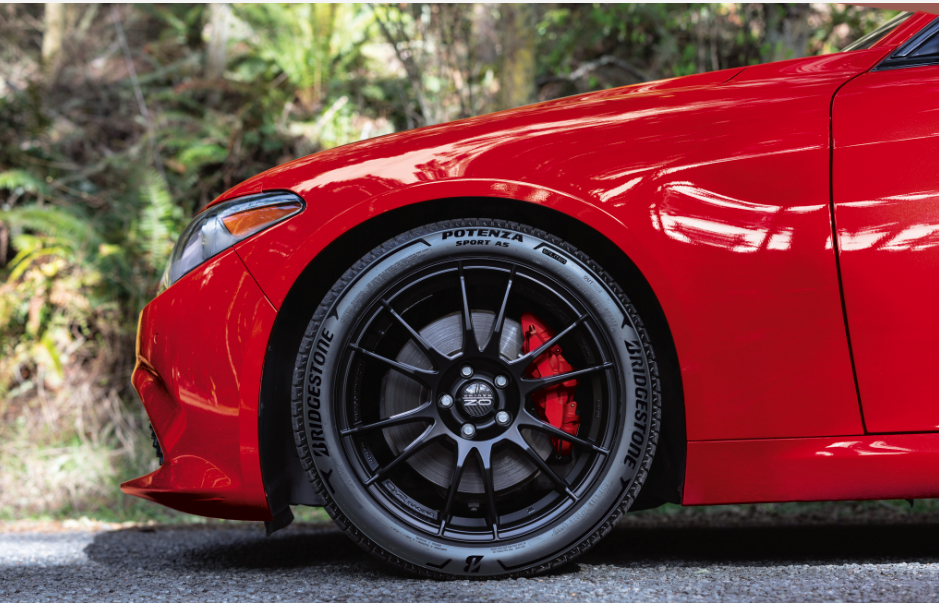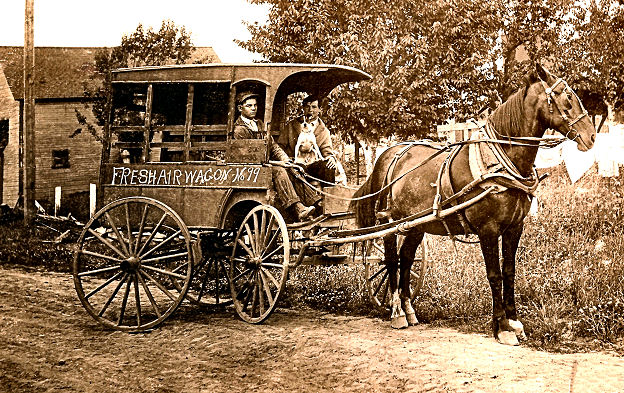Managing severe winter weather in your car
Published 4:27 pm Tuesday, January 23, 2024

- The new Bridgestone Potenza Sport AS is an excellent four season tires that does well in the snow.
Snow and ice have always been a regular occurrence in Portland winters, but somehow we never seem to be truly prepared when the weather turns cold. That’s really not too surprising, because even though frozen weather is a regular visitor, it’s also just a few days each year.
Trending
When there’s ice, snow, slush, or freezing rain on the road, the best answer is to avoid driving at all. However, few of us have that luxury. If you are one of the majority of Portlanders who has to drive in whatever nature throws our way, you should prepare your vehicle as well as you can.
Get your car ready for winter
If you can’t stay home, the next best solution is to have a set of dedicated winter tires that you can put on your car when needed. You can tell a real winter-rated tire because it carries a “3 Peak Mountain Snowflake” symbol embedded in the sidewall. Ask your tire professional to be sure. The thing that makes winter tires special is that they are made to grip on ice and snow.
Trending
Older designs use metal studs embedded in the tire tread to dig into the frozen material covering the road. However, as we can see on our freeways year-round, those studs also dig into the pavement when there’s no snow, causing expensive damage to our shared roads. Modern winter tires such as the Michelin Winter X, Nokian Hakkapeliitta, or the Bridgestone Blizzak deliver equal or better traction compared to studded snow tires, and can be used all winter long without causing damage.
Studless winter tires use a technique called “siping” in which the tires have slices cut into their tread blocks. The sipes, in combination with a very soft rubber compound, help the tires hold onto ice crystals to create grip. One factor unique to the Bridgestone Blizzak is a manufacturing technique that gives the Blizzak tire treads a sponge-like cross-section, which allows water on the surface of the ice to displace into the tire. That keeps more rubber in contact with the road surface, rather than surfing along on top of it.
Four-season tires
Studless winter tires are great, but not everyone can store or even afford a dedicated set of winter tires. This is where research and development has come to the rescue. In the case of winter weather, that rescue comes in the form of true “four-season” tires. These are different from traditional “all-season” or even “all-weather” tires, in that the four-season tires are made with the siping found on winter tires, so they offer pretty good winter performance and you can leave them on your car year-round as your standard tires. If you try that with real winter tires, you’ll wear the treads out quickly when the weather turns warm again.
One example of a good four-season tire is the new Bridgestone Potenza Sport AS. This tire came to market last summer, and while it is not rated with the 3 Peak Mountain Snowflake symbol that denotes a true winter tire, the Potenza AS offers good enough winter traction to make it through the kind of urban freeze the Portland area recently experienced. It’s a compromise that goes easier on your wallet. Other examples of newer four-season tires include the Michelin CrossClimate, the Nokian WR G4, and the Continental ExtremeContact.
But it’s not just the tires
Even if you have the best tires, you can still find yourself sliding off the road. Even studded tires can be no match for the weight of your vehicle on top of a sheet of ice. So while you’re thinking about tires, it’s also a good idea to stash some emergency supplies in your trunk between Halloween and April Fools Day. Winter supplies will come in handy if you need to get yourself out of a light jam.
Your trunk box can contain items as simple and inexpensive as a bag of sand from the home supply store, which can give you enough traction to get moving again. Also consider flares or reflective triangles to warn other drivers so they don’t slide into your car. If you think you’ll be driving in deeper snow, consider a collapsible snow shovel. Your winter kit should also include a good snow and ice scraper, chemical hand warmers, gloves, a warm coat or blanket, and some drinking water and granola bars.
While you’re driving, the main rules to remember are to reduce speed and give yourself more time and space to maneuver. Further, beware of snow drifts, as these can pull your vehicle off the road if you drive over them. Finally, if a road looks dangerous, don’t even try it.
The Portland area may not get much snow and ice, but it’s easy to be prepared for those times when we do see real winter weather. Keeping yourself safe and your vehicle undamaged is mainly a matter of thinking ahead and being prepared.






